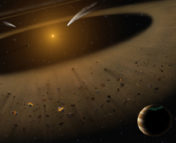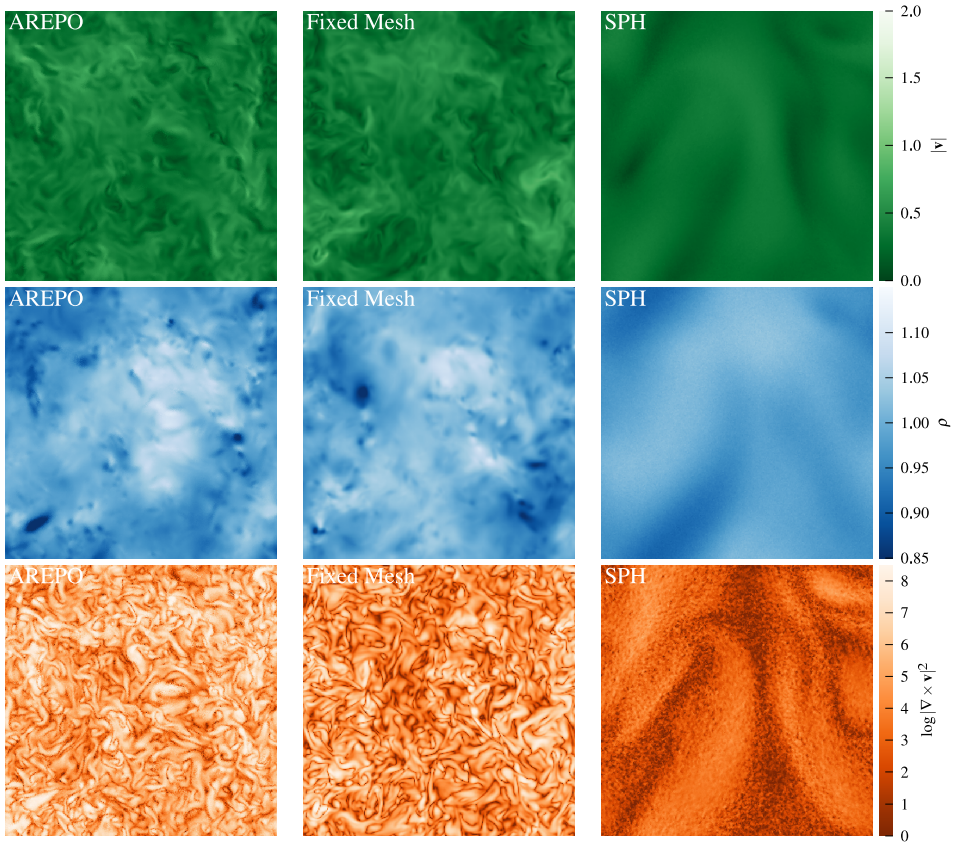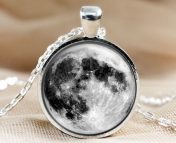Title: Large planets may not form fractionally large moons
Authors: Miki Nakajima, Hidenori Genda, Erik Asphaug, and Shigeru Ida
First Author’s Institution: Department of Earth and Environmental Sciences/Department of Physics and Astronomy, University of Rochester, P.O. Box 270221, Rochester, NY, 14627, USA
Status: Published in Nature Communications [open access]
While not quite as majestic as whirling galaxies or boiling storms on distant planets, moons are definitely some of the most interesting objects in our sky. Enceladus is gushing with water; Io is erupting with volcanos; Europa is hiding a liquid ocean larger than any sea on Earth. So much variety, and so many tantalizing targets to search for life— and that’s just within our solar system!
As we discover more and more planets around other stars, some astronomers have directed their efforts to finding the smaller companions of these new worlds, or exomoons— you can read more about these searches here and here. Today’s authors similarly are interested in cousins of the moons in our backyard, but they didn’t look for them directly. Instead, they took a step back to run simulations aimed at narrowing down where to look and predicting what we might find.
Origin Stories
There are many ways a planet can end up with a moon: it can steal one that happens to pass by through gravitational capture (like Neptune did with Triton); it can create them out of a circumplanetary disk of debris left over from its own formation (like the Galilean moons); or, most dramatically, if a planet gets nearly destroyed in a giant impact, a massive moon can be born from the ashes of the collision.
We’re pretty sure this last scenario is what happened here on Earth. When the planet was very young, a Mars-sized protoplanet posthumously dubbed Theia smashed into the surface. The energy of the impact ejected enormous amounts of material and completely destroyed Theia, mixing its contents with the shattered but still standing Earth. Debris swirled around the planet for a short time and eventually coalesced into the moon we see today.
Could this process happen elsewhere? If other young planets are struck by giant impactors, will they also form a relatively large moon? To answer that, the authors employed a technique called Smoothed Particle Hydrodynamics to simulate planets of different masses and compositions getting whacked by different impactors.
Digital Destruction
Smoothed Particle Hydrodynamics treats fluids (and in this case, entire planets) as many discrete particles, rather than continuous distributions. Although this simplification loses some precision by leaving out the full fluid, it saves enough computational costs that complex events like giant impacts become feasible to study. It also allows researchers to keep track of the spatial distributions of many different properties during the collision at different times, such as the state of each particle, its temperature, and its entropy.
On a less technical level, these simulations are also very pretty! Below are some snapshots from one of their simulations, where we see an Earth-mass planet ~9 hours after getting hit by a 0.13 Earth-mass Theia, colored by the entropy of each particle.

The property the authors were most interested in is called the Vapor Mass Fraction (VMF) of the final disk, which is just the portion of the disk which is in a gaseous phase versus liquid or solid (a VMF of 1 implies that the entire disk is gaseous, and a VMF of 0 describes an entirely condensed disk). Why might this number matter? As anyone who has interacted with our atmosphere knows, gas creates a drag force on moving solids. If there’s more gas present, the embedded solid material will feel a stronger headwind and will consequently lose energy. Blocks of ejected material will slow then eventually crash back into the planet, meaning they can’t be incorporated into a new moon! So, a high VMF makes it harder to form a large moon.
The Results

What did the authors find? In short, the more massive and/or more icy a planet is, the higher the VMF of its disk. This overall trend was pretty intuitive, since it makes sense that massive planets require higher energies to form a disk in the first place and that icy planets are easier to vaporize.
However, the amount of gas was somewhat surprising- for rocky planets >6 Earth masses and icy planets >1 Earth mass, they found that the VMF is very close to 1. Nearly the entire disk is made of gas!
This tells us that super Earths, especially if they’re icy, may have a harder time forming a moon after a giant impact than their smaller cousins. When looking for exomoons formed by giant impacts, bigger might not be better. With that advice in hand, let the search commence!
Astrobite edited by Yoni Brande and Alex Pizzuto
Featured image credit: Nakajima et al. 2022




